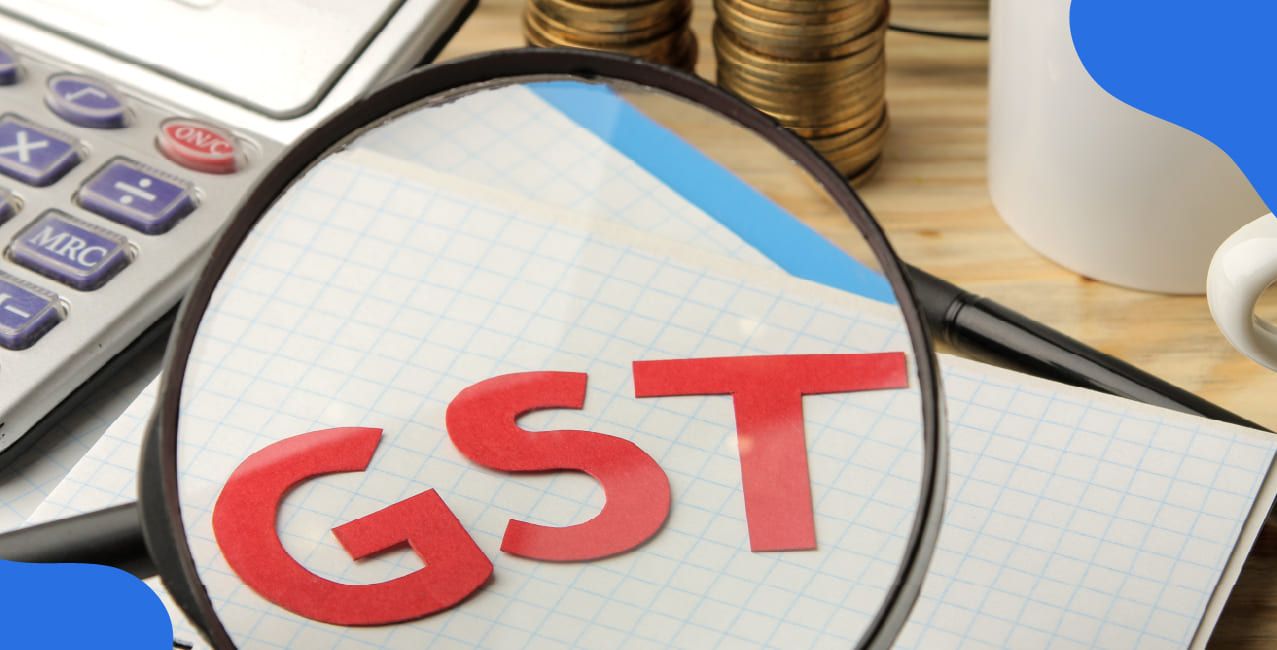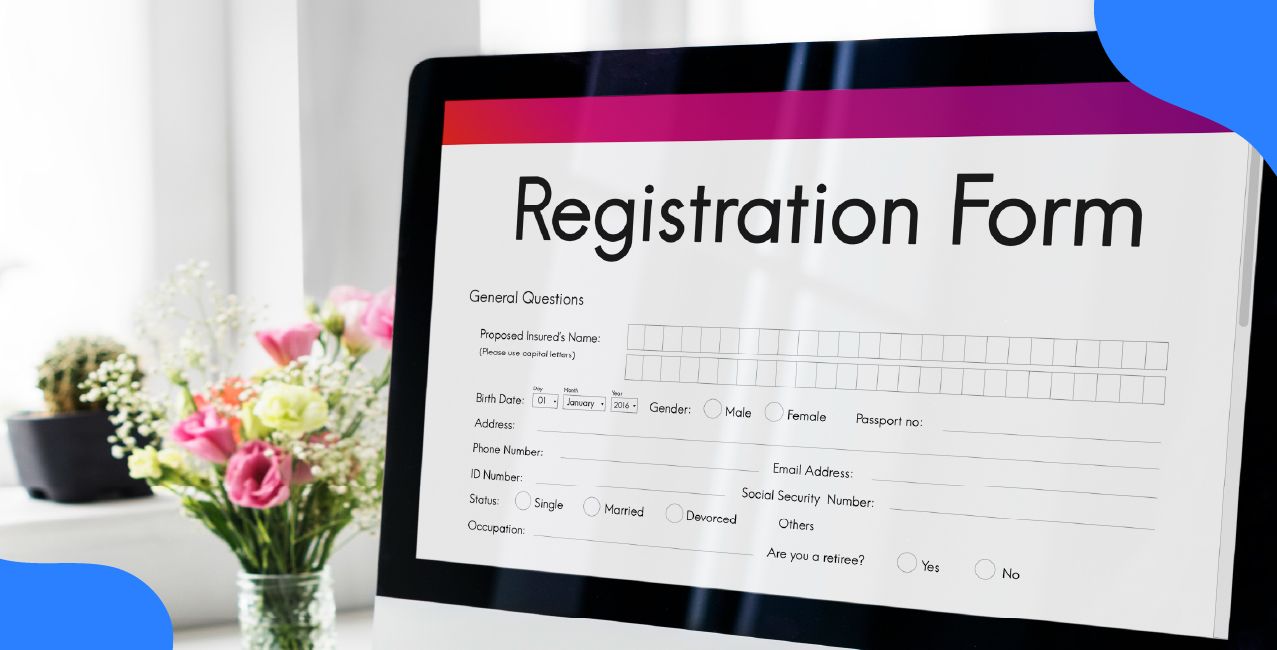
Author
LoansJagat Team
Read Time
5 Min
25 Sep 2025
GST on Royalty – Updated Rates & Complete Guide
Key Insights
- Most royalty payments, such as patents and trademarks, attract an 18% GST rate under code 9973.
- You must account for the GST yourself under the Reverse Charge rule.
- To avoid penalties, always use the correct service code and maintain accurate records.
Royalties are payments for the use of natural resources or intellectual property. They are taxable under GST since they are classified as a service supply.
How does Dev pay GST on Royalty:
When Dev pays a royalty to use a patented technology in his factory, this transaction is subject to GST.
The following fundamental ideas form the foundation of the important legal framework:
- GST on royalties is covered in the CGST Act, 2017, along with the State GST Acts.
- This framework applies consistently to royalty payments across all Indian states and industries, simplifying the process.
- Royalty payments are considered taxable services, which means that GST may apply depending on the specific circumstances.
This legal framework provides clarity and consistency for Dev.
This blog helps you understand the GST on Royalty Payments, and the next topic is GST Rates and SAC Codes for Royalty Payments.
GST Rates for Royalty Payments
The actual percentage of tax applied to a royalty payment is known as the GST rate. The rate is determined by the type of resource property being used.
Let's understand GST Rates on Royalty payments with the example of Shikhar:
When Shikhar pays a foreign company for the right to distribute its software in India, this payment is taxed with GST at a set rate.
The rates are necessary for keeping track of the following pointers:
- Most of the money you get from copyrights, patents, and trademarks goes into a special pot called SAC 9973, and you have to give 18% of it in taxes.
- Some royalty payments are classified under SAC 9973, including copyrights, patents, and trademarks.
- The Service Accounting Code (SAC) is a special number that helps with money and taxes. SAC, like 9973 for 'Licensing services for using property,' you can be sure that everything is correct and taxes are accurate. It's like using the right tool to do a good job!
The GST Rate is 18%. If you want to identify the correct SAC, you have to choose the same GST on the royalty transaction.
Now that you know the rates of royalty payments, we will discuss the Reverse Charge Mechanism (RCM) for royalty payments.
Bonus Tip: Royalty payments for using copyrighted works like books, music, or movies are considered a supply of services. They usually fall under SAC 9973 and are taxed at the standard GST rate of 18%.
Reverse Charge Mechanism on Royalty Payments
It means that the person receiving a service is responsible for paying the GST instead of the provider.
Let's understand more about Royalty Payments with Aman:
A 42-year-old Indian businessman named Aman pays GST under RCM after paying a foreign company for using its trademark.
The following table lists the specific situations in which the use of RCM is required to preserve tax integrity:
It shifts the submission burden onto Indian businesses and ensures taxes are collected from royalties paid to foreign and government suppliers.
Now you know about the Reverse Charge Mechanism, next, we will talk about the Challenges and Concerns.
Bonus Tip: Payments for the right to use software (not the purchase of a software CD) are considered royalties. GST is applicable under the Reverse Charge Mechanism at the standard rate of 18%.
Challenges and Concerns in Managing GST on Royalty Payments
The table below shows common challenges and the best practices to handle them effectively.
To sum up, managing GST on royalty payments can be challenging; however, being proactive and informed can help address these challenges. Following best practices helps ensure compliance and improves tax efficiency.
GST Compliance Checklist for Royalty Payments
Confirm GST registration, apply 18% GST, issue a fair invoice, confirm the recipient's address to show the place of supply (Section 12 of the IGST Act), and submit returns through the GST Portal for royalties.
If imported, there might be a reverse charge. Always keep records of agreements and payments.
Conclusion
First, know the correct tax rate, which is usually 18%. Next, be aware of when you need to pay the tax yourself, referred to as Reverse Charge.
Lastly, ensure you use the correct service code (SAC). Keeping these basics right helps keep your business compliant and avoids problems. Maintain precise records and stay up-to-date to manage your GST responsibilities effectively.
FAQs
1. Is GST applicable to royalty payments made for mining rights or natural resources?
Yes, royalties paid to the government for mineral extraction or using natural resources are taxable under GST and typically fall under the Reverse Charge Mechanism (RCM).
2. Can a company claim Input Tax Credit (ITC) on GST paid under RCM for royalties?
Yes, if the royalty is used for business purposes, the GST paid under RCM is available as an Input Tax Credit, subject to standard ITC rules and documentation.
3. What is the place of supply for royalty payments to a foreign entity?
The place of supply is the location of the recipient (i.e., in India). This determines that the transaction is an inter-state supply, attracting IGST.
4. Are royalty payments for software licensed from abroad subject to GST?
Yes, the right to use software is treated as a royalty. GST is applicable under RCM when paid to a non-resident, with the Indian licensee liable to pay the tax.
About the Author

LoansJagat Team
‘Simplify Finance for Everyone.’ This is the common goal of our team, as we try to explain any topic with relatable examples. From personal to business finance, managing EMIs to becoming debt-free, we do extensive research on each and every parameter, so you don’t have to. Scroll up and have a look at what 15+ years of experience in the BFSI sector looks like.

Quick Apply Loan
Subscribe Now


